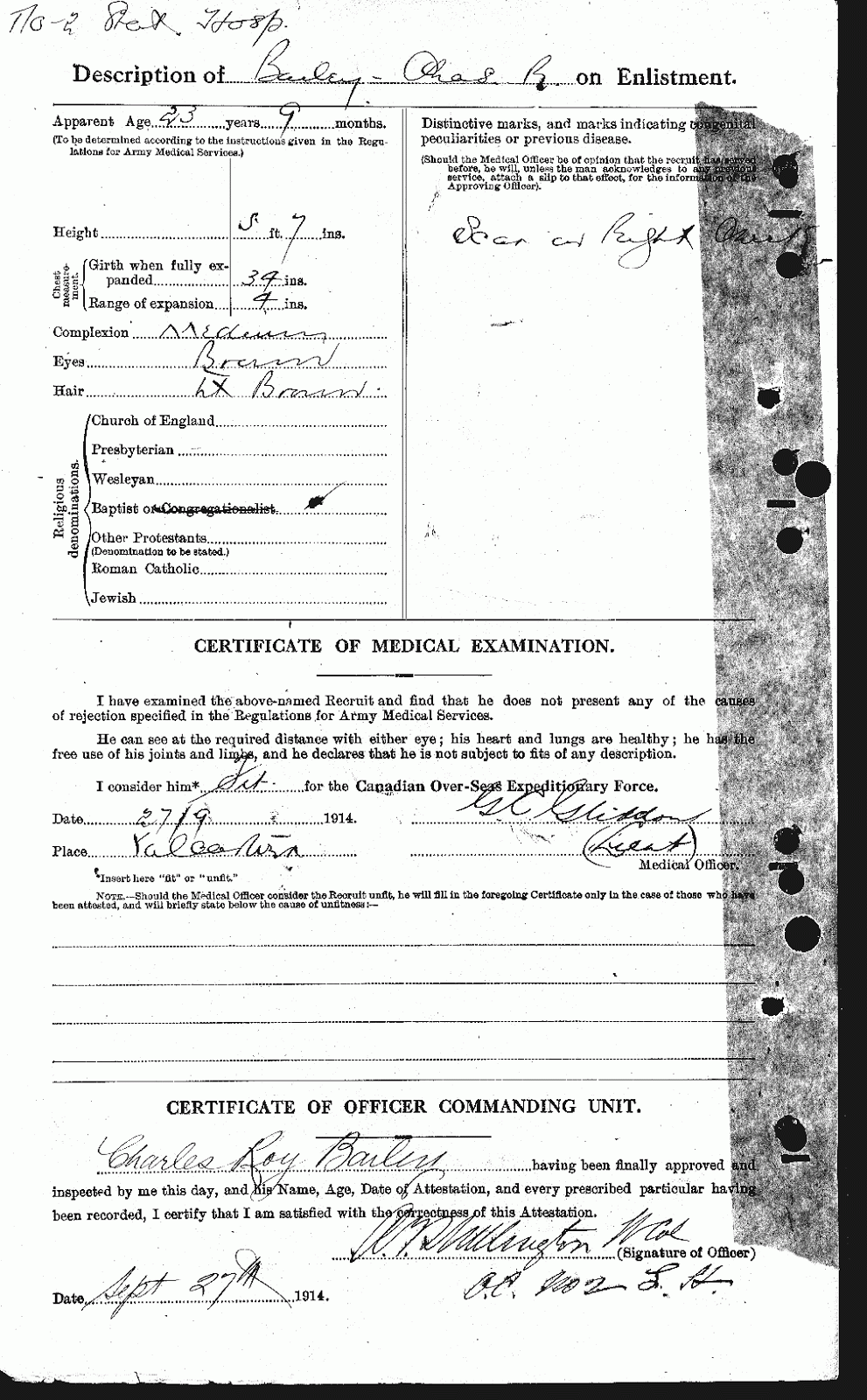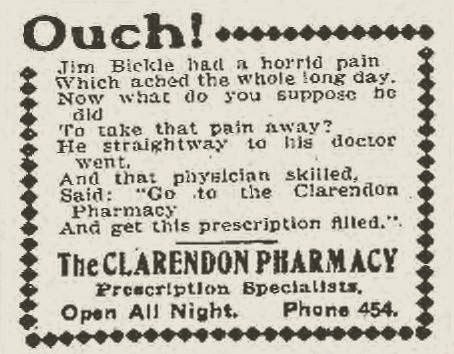In Charley's 'last letter from Canada' on Saturday September 19th he wrote:
"We expect to be on our way across the ocean by the time this reaches you and I sure won’t be sorry cause it is getting kind of monotonous hanging around here. It came out in order that I was officially attached to the 10th Battalion as Hospital Sergeant and that we were leaving about Monday (the 21st)."
On the 21st official orders were given that " All men at Camp Valcartier were to proceed to England, regardless of determination of physical fitness."
"The entire routine of the camp was suddenly changed. Maneuvers were cancelled. The ranges were quiet. Instead, thousands of men were taught how to pack and carry their kit. Rifles were collected and packed away and inspections of equipment were held."
This movement of troops across the Atlantic was a massive undertaking and by all accounts, not without some serious confusion and hardship.
The First Contingent consisted of "1,547 officers, 29070 men, 7679 horses, 70 guns, 110 motor vehicles, 705 horsed vehicles and 82 bicycles."
 Only a few among these 30 thousand men had any military experience and could barely be called soldiers. They were regular folk like you and me from all across Canada who left homes and jobs and families to 'take up arms' in the 'Great War'.
Only a few among these 30 thousand men had any military experience and could barely be called soldiers. They were regular folk like you and me from all across Canada who left homes and jobs and families to 'take up arms' in the 'Great War'. It was not known then as World War One.
It was for most looked upon as a grand adventure. Patriotic propaganda assured them it was for a great cause and they didn't want to miss out; they believed it wouldn't go on for very long.
For many, physical exams were taken and attestation papers were signed on board the vessels that carried the men to their (as yet) unknown destination.
Charley set sail on the 26th of September with 1,276 other men, and a cargo of Ammunition and 21,109 sacks of flour. Other ships carried horses, coal, heavy guns, medical stores, saddlery and lumber.
I wonder if my Charley or your ancestor is somewhere in these photos ...
On Sunday the 27th of September Charlie signed the declaration and his attestation papers.
I, Charles
Roy Bailey, do solemnly declare that I am willing to fulfill the
engagements by me now made, and I hereby engage and agree to serve in the Canadian
Over-Seas Expeditionary Force, and to be attached to any arm of the service therein,
for the term of one year, or during the war now existing between Great Britain
and Germany should that war last longer than one year, and for six months after
the termination of that war provided His Majesty should so long require my
service, or until legally discharged. Signed and dated: September 27th 1914
It will be 21 days before they land at Devonport. Charley doesn't pen another letter home till the 23rd of October. It must have been difficult for the folks back home with no letters from their lads. There would have been a blackout on the movement of the convoy and no news on town bulletin boards or in local papers as to their whereabouts.
Over the coming weeks I'll share what I know about Charley's family in Canada. His Mother and Step-dad in Viceroy Saskatchewan and his younger sister V.V. in Brandon Manitoba.
_____________________________________
Sources:
- J.A.Holland http://www.canadiangreatwarproject.com/writing/10th.htm
- http://canadianbritishhomechildren.weebly.com/herbert-clifford.html
- 1st Canadian Troop Convoy http://www.gwpda.org/naval/1cdncvy.htm
- cefresearch.ca/wiki/index.php/Troopships:_Ship_Descriptions
- Looking for a Soldier of the First World War: Visit Library and Archives Canada http://goo.gl/msmJhU
- Wonderful photographs from http://vimyridgehistory.com/
- http://canadianbritishhomechildren.weebly.com/herbert-clifford.html
- 1st Canadian Troop Convoy http://www.gwpda.org/naval/1cdncvy.htm
- cefresearch.ca/wiki/index.php/Troopships:_Ship_Descriptions
- Looking for a Soldier of the First World War: Visit Library and Archives Canada http://goo.gl/msmJhU
- Wonderful photographs from http://vimyridgehistory.com/






























